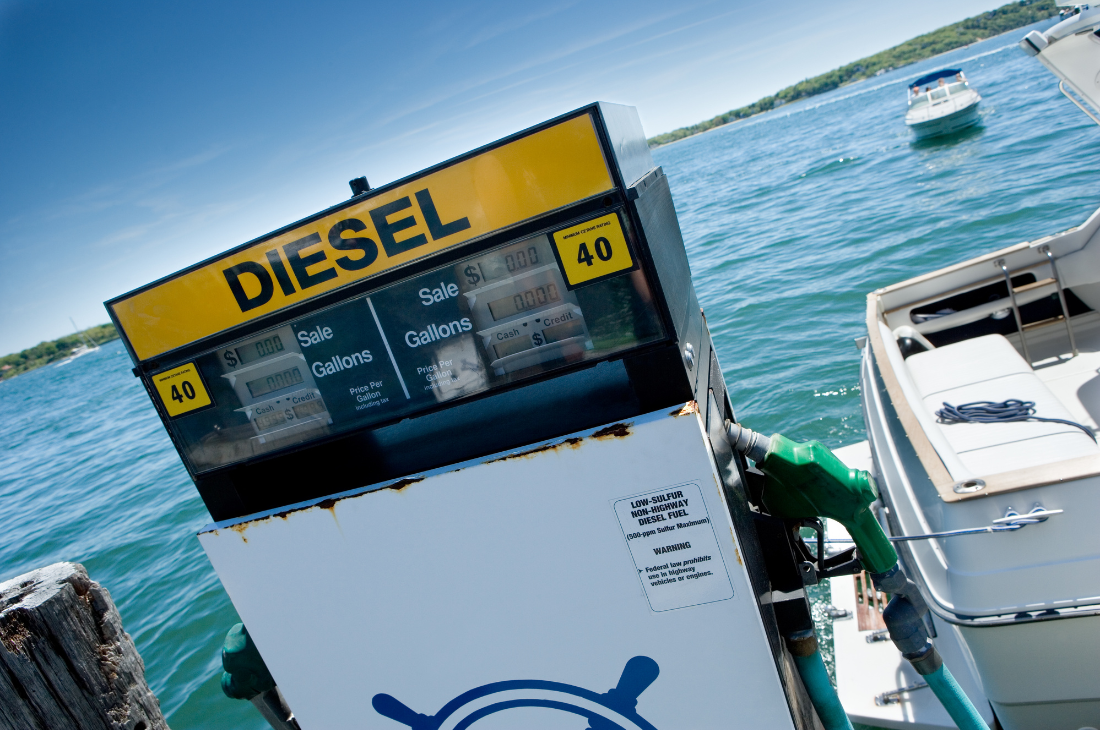
Fueling and Refueling Your Boat: A Comprehensive Guide for Smooth and Safe Operations
Properly fueling and refueling your boat is not only crucial for its performance but also for the safety of everyone on board. Whether you're a seasoned boater or a novice, understanding the best practices for fueling and refueling is essential. In this comprehensive guide, we will walk you through the steps to ensure smooth and safe operations when it comes to fueling your boat. From selecting the right type of fuel to handling fueling equipment, we'll cover everything you need to know to make your boating experience hassle-free and enjoyable.
Know Your Boat's Fuel Requirements
Before fueling your boat, it's vital to understand the specific fuel requirements for your vessel. Check your owner's manual or consult with the manufacturer to determine the recommended fuel type (gasoline or diesel) and the octane rating for gasoline engines. Using the wrong type of fuel can lead to engine damage and potentially dangerous situations.
Choose Quality Fuel
Opt for high-quality fuel from reputable fuel stations to ensure optimal performance and minimize the risk of fuel-related issues. Avoid purchasing fuel from stations with low turnover rates or questionable storage practices, as old or contaminated fuel can lead to engine problems.
Check Fuel Levels
Regularly monitor your boat's fuel levels to avoid running out of fuel unexpectedly. Plan your trips accordingly and consider the fuel consumption rate of your vessel. It's always better to have more fuel than necessary rather than risking being stranded with an empty tank.
Safety Precautions
Before fueling, ensure that all passengers are safely off the boat and that no open flames or smoking materials are present in the area. Extinguish all onboard flames, including stoves, grills, and cigarettes. Additionally, be mindful of static electricity and avoid using electronic devices during the fueling process.
Use Proper Fueling Equipment
Invest in high-quality fueling equipment, such as fuel cans, hoses, and nozzles, that are specifically designed for marine use. Ensure that the equipment is in good condition, free from leaks or cracks, and properly secured to prevent fuel spillage or accidents.
Follow Proper Fueling Procedures
When fueling your boat, follow these essential procedures:
- Turn off the engine and all electrical systems.
- Remove the fuel fill cap and secure it in a safe place.
- Insert the fuel nozzle into the fuel fill opening, ensuring a secure fit.
- Slowly pump the fuel, avoiding overfilling the tank. Leave some space to accommodate fuel expansion.
- After fueling, wipe any spills or drips and securely tighten the fuel fill cap.
Monitor for Spills and Leaks
Regularly inspect your boat for fuel leaks or spills. Check the fuel system, fuel lines, and connections for any signs of damage or deterioration. Address any issues promptly to prevent further damage or safety hazards.
Proper Fuel Storage
If you have extra fuel or need to store fuel cans on board, ensure proper storage in designated, well-ventilated areas away from heat sources or direct sunlight. Follow local regulations regarding the quantity of fuel that can be carried on your vessel.
Fuel Maintenance
Regularly inspect your boat for fuel leaks or spills. Check the fuel system, fuel lines, and connections for any signs of damage or deterioration. Address any issues promptly to prevent further damage or safety hazards.
Dispose of Waste Fuel Properly
When disposing of waste fuel or used oil, follow local regulations and dispose of it at designated facilities or recycling centers. Never discharge fuel or oil into the water, as it poses a significant risk to the environment and marine life.
Key Takeaways
Fueling and refueling your boat requires attention to detail and adherence to proper procedures. By following the guidelines outlined in this comprehensive guide, you can ensure smooth and safe operations when it comes to fueling your vessel. Remember to know your boat's fuel requirements, choose quality fuel, and use proper fueling equipment. Follow safety precautions, practice proper fueling procedures, and be vigilant for spills or leaks. By implementing these practices, you'll not only enhance your boating experience but also contribute to the safety and preservation of the marine environment. Upgrade to a high-quality marine-grade stainless steel deck fill from Marine Depot Direct and elevate your boating experience with superior durability, aesthetic appeal, and easy installation. Happy boating!
